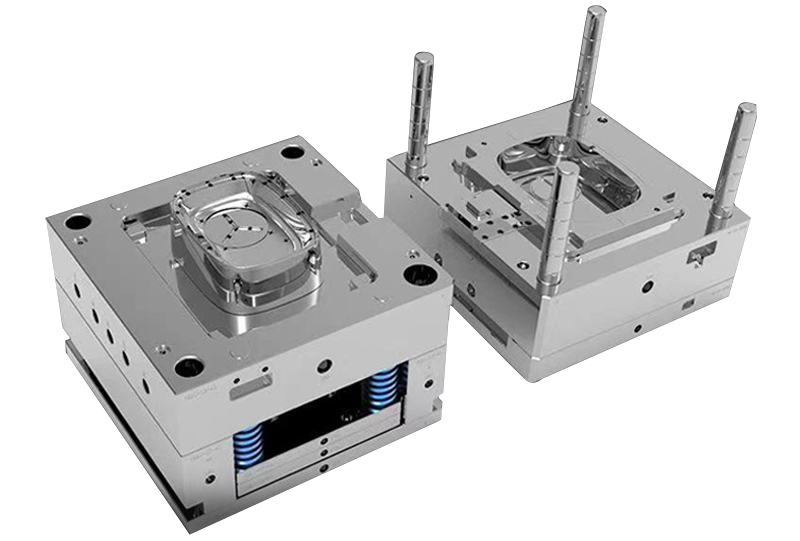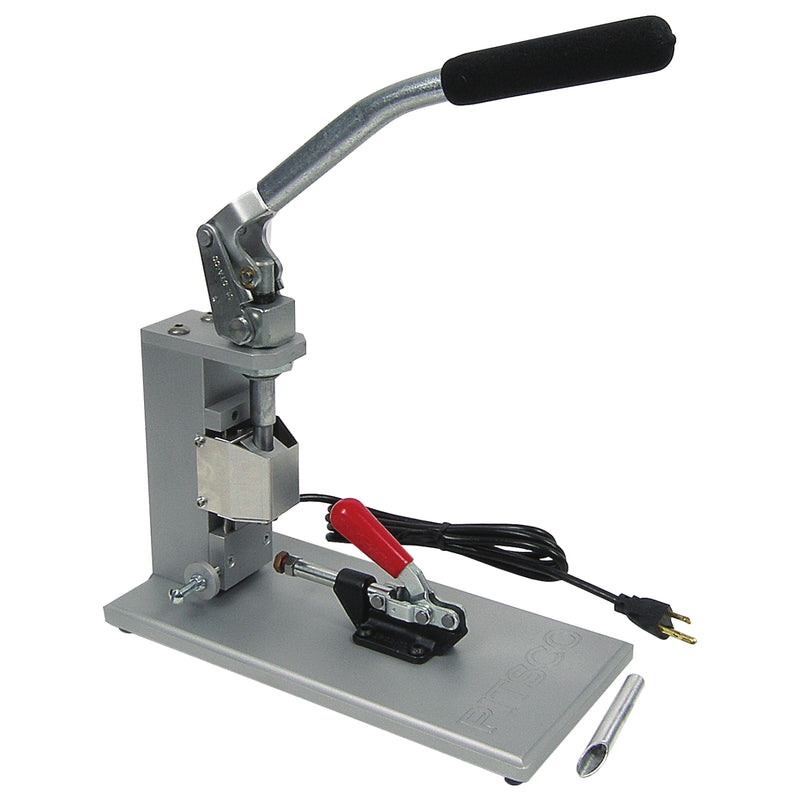Just How Plastic Injection Molding Drives Efficiency in Mass Production
Just How Plastic Injection Molding Drives Efficiency in Mass Production
Blog Article
Comprehending the Basics of Plastic Injection Molding Procedures
Plastic injection molding offers as a cornerstone of contemporary production, providing a systematic strategy to generating complex parts with precision. Exploring these crucial components can expose exactly how even small adjustments can lead to considerable enhancements in production end results, elevating questions about the possibility for advancement in this recognized procedure.
What Is Plastic Injection Molding?
Plastic shot molding is a widely utilized production process that changes polycarbonate and thermosetting materials right into exact and complicated forms. This technique is preferred for its capability to generate high quantities of the same components with exceptional precision, making it a crucial method in different sectors, including automobile, durable goods, and clinical gadgets.
The process involves thawing the picked plastic material and infusing it right into a mold and mildew under high pressure. The mold, designed to the specs of the preferred component, permits the liquified plastic to materialize as it cools down and strengthens. Once the product has hardened, the mold and mildew is opened up, and the completed component is ejected.
Plastic shot molding provides several benefits, consisting of minimized waste, uniformity in production, and the capacity to incorporate elaborate layouts that may be challenging with various other manufacturing techniques. Furthermore, it sustains a broad series of materials, each supplying one-of-a-kind residential or commercial properties that can be customized for certain applications. As markets proceed to introduce, plastic shot molding remains at the center, allowing the development of innovative items that meet evolving customer needs.
The Shot Molding Process
The injection molding procedure is an innovative technique that involves a number of vital stages to generate high-quality plastic parts. At first, plastic pellets are fed right into a heated barrel where they are melted right into a viscous liquid. This molten plastic is then infused under high stress into a precision-engineered mold and mildew, which shapes the product right into the desired kind.
When the mold and mildew is filled, the plastic is allowed to strengthen and cool down, taking the form of the mold and mildew cavity. Cooling time is critical, as it influences the cycle time and the final residential or commercial properties of the shaped part. After sufficient air conditioning, the mold and mildew opens up, and the ended up element is ejected using ejector pins.

Materials Used in Injection Molding
Numerous products can be used in the injection molding procedure, each offering special buildings that satisfy certain applications. The most frequently made use of materials consist of thermoplastics, thermosetting plastics, and elastomers.

Thermosetting plastics, like epoxy and phenolic materials, go through a chemical adjustment throughout the curing procedure, causing a stiff, stringent structure. These materials are suitable for applications calling for high warm resistance and architectural stability, often used in electrical insulators and vehicle components.
Elastomers, including silicone and rubber-based products, give flexibility and resilience. Their distinct residential properties make them ideal for applications that demand elasticity, such as gaskets and seals.
Additionally, specialty materials like bio-based plastics and composites are getting grip for their ecological advantages and boosted performance characteristics, broadening the scope of injection molding applications in numerous industries. Recognizing the residential properties of these materials is important for choosing More Bonuses the appropriate type for certain tasks.
Benefits of Injection Molding
Injection molding sticks out as a very reliable production process that supplies numerous advantages for generating intricate get rid of precision. One of the most substantial benefits is the capability to create detailed layouts that would be difficult or impossible to accomplish with other approaches (Plastic Injection Molding). The procedure enables comprehensive functions and limited resistances, ensuring high-grade elements
Furthermore, shot molding is known for its fast production capacities, making it an ideal option for high-volume production. Once the mold is developed, parts can be generated swiftly, lowering lead times and raising total efficiency. This effectiveness not only decreases production prices however likewise provides an one-upmanship in the sites market.
The flexibility of materials made use of in shot molding further boosts its allure. A wide variety of thermoplastics and thermosetting polymers can be employed, enabling producers to choose materials that finest fulfill their particular needs, consisting of stamina, warm, and adaptability resistance.
Moreover, the process minimizes waste, as excess material can often be recycled and reused. This sustainability element adds to a decreased ecological effect, making injection molding a responsible production choice. In general, the advantages of injection molding make it a preferred approach for several industries.
Aspects Influencing Item Quality
While various aspects can affect item top quality in shot molding, understanding these elements is essential for attaining optimum outcomes. Trick aspects consist of product choice, refining criteria, and mold and mildew style.
Product choice plays a crucial role, as different polymers exhibit unique homes that additional info impact flowability, stamina, and thermal stability. Insufficient material option can result in problems such as warping or incomplete filling.
Processing parameters, including temperature, cycle, and stress time, must be carefully controlled. Variants in these setups can lead to variances in component dimensions and surface area finish. For circumstances, exceedingly high temperatures might trigger deterioration of the polymer, while insufficient pressure can cause short shots.
Mold and mildew style is just as crucial, as it identifies the circulation of the molten plastic and the cooling procedure. Badly developed mold and mildews may bring about irregular air conditioning rates, causing recurring stress and anxieties and dimensional errors.

Conclusion
To conclude, plastic injection molding functions as an essential production procedure that makes it possible for the efficient production of top quality components. Mastery of the injection molding process, consisting of the understanding of products and the impact of different variables on product high quality, is necessary for attaining optimum outcomes. The advantages of this technique, such as cost-effectiveness and layout flexibility, additional emphasize its value throughout numerous sectors, strengthening its condition as a preferred option for high-volume manufacturing.
Plastic injection molding offers as a keystone of contemporary manufacturing, offering a methodical strategy to creating complex components with accuracy.Plastic shot molding provides a number of advantages, consisting of minimized waste, consistency in manufacturing, and the capability to incorporate detailed styles that may be challenging with other producing methods (Plastic Injection Molding). As sectors continue to introduce, plastic shot molding remains at the center, enabling the advancement of sophisticated items that meet advancing consumer needs
The injection molding procedure is an advanced strategy that involves several crucial stages to create top quality plastic components.In verdict, plastic shot molding offers as a crucial manufacturing process that allows the efficient manufacturing of top notch components.
Report this page